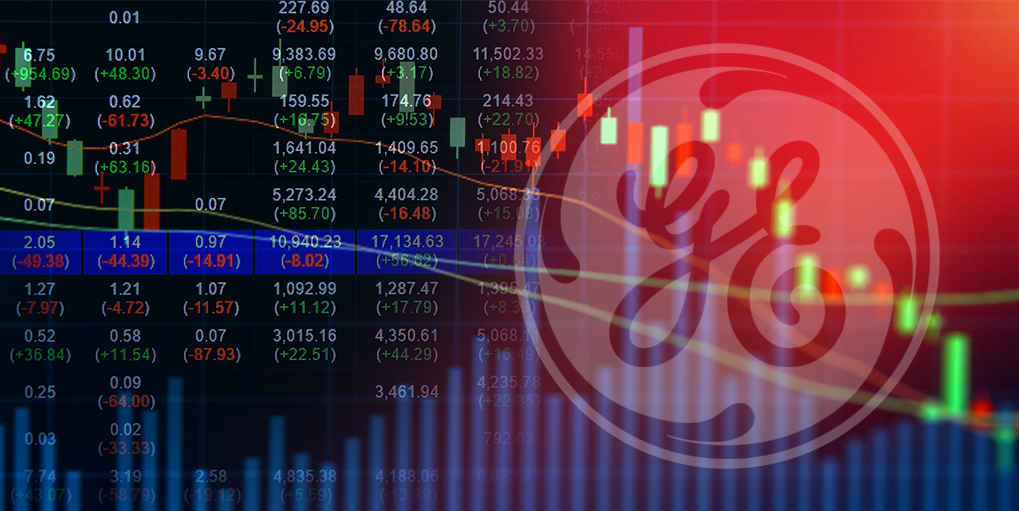It’s the end of an era. General Electric was kicked out of the Dow Jones Industrial Average this week. It had been rumored for a while. GE was the last remaining member of the original list of 12 stocks that Charles Dow established in 1896. This wasn’t the first time GE was removed though, having been replaced twice in 10 years before its 111 consecutive year run in the Dow. The Dow was increased to 30 stocks during the Roaring 20’s. For decades General Electric was the prototypical blue chip stock. Unfortunately, the company completely lost its way. We owned the stock multiple times over the years with mixed results, and parted ways with it again last year.
The fact is, at $12 per share, GE had next to no impact on the Dow Jones Industrial Average. The reason is because the Dow is price-weighted. Low price stocks have very little influence in the pricing of the index. The Dow isn’t exactly an average of its components, as its name suggests. Instead, the value of the Dow is determined by calculating the sum of the share price of its members using a divisor. Currently, that divisor stands at 0.145233969. That means a $1 move in any one of the Dow’s 30 components equates to a 6.89-point swing in the average. For example, a $1 move in a $20 Dow stock has the same impact on the index as a $1 move on a $100 stock. However, that $1 move on the $20 stock translates to a 5% move but just a 1% move for the $100 stock. It has its flaws. It’s for this reason, among others, that the US Stock Market is measured by the S&P 500. The S&P is a more diversified, market capitalization weighted collection of the 500 largest American stocks. The S&P 500 is the US Stock Market, not the Dow. But that hasn’t stopped the vast majority of people who still track the Dow closely. It seems like every investor quotes the Dow. That’s just the way it’s always been and seemingly will continue.
Investors have been facing risk and downside pressures across many asset classes as we headed into Summer. It’s been a particularly tough go for the Dow of late. It declined 8 consecutive days. The index of 30 has many American industrial companies with substantial revenues overseas. They are most threatened by a Trade War which is why these stocks have felt the greatest pain. The streak ended on Friday. The DOW has not seen 9 straight decliners since 1978. That infamous 40-year run has been preserved again.
The question in our work is whether we are close to the end of this 5-month Market correction. It has come in the form of both price and time. Earnings continue to grow while the Stock Market has grinded sideways down. It’s no longer as expensive as it was in January. And then there’s this: The small cap Russell 2000 index hit a fresh new high this week proving investors still have demand for stocks. The S&P has taken things in stride too, and is still up 3% on the year. The Dow however is back in the red for 2018. It’s no wonder Dow watchers feel more concern. The US economy is in strong shape and investors still have appetite for stocks. They are just being more selective. This is an important point. Our interpretation is the Market is telling us the US is going to win this war on trade. The uncertainty is what concerns. It’s a process and the correction was a necessity when we began the year.
And for the Dow watchers, you might find comfort in knowing this: Since 1982, after an 8-day losing streak ends, the Dow has been higher 3 months later every single time. It’s 6 out of 6.
Have a nice weekend. We’ll be back, dark and early on Monday.
Mike







